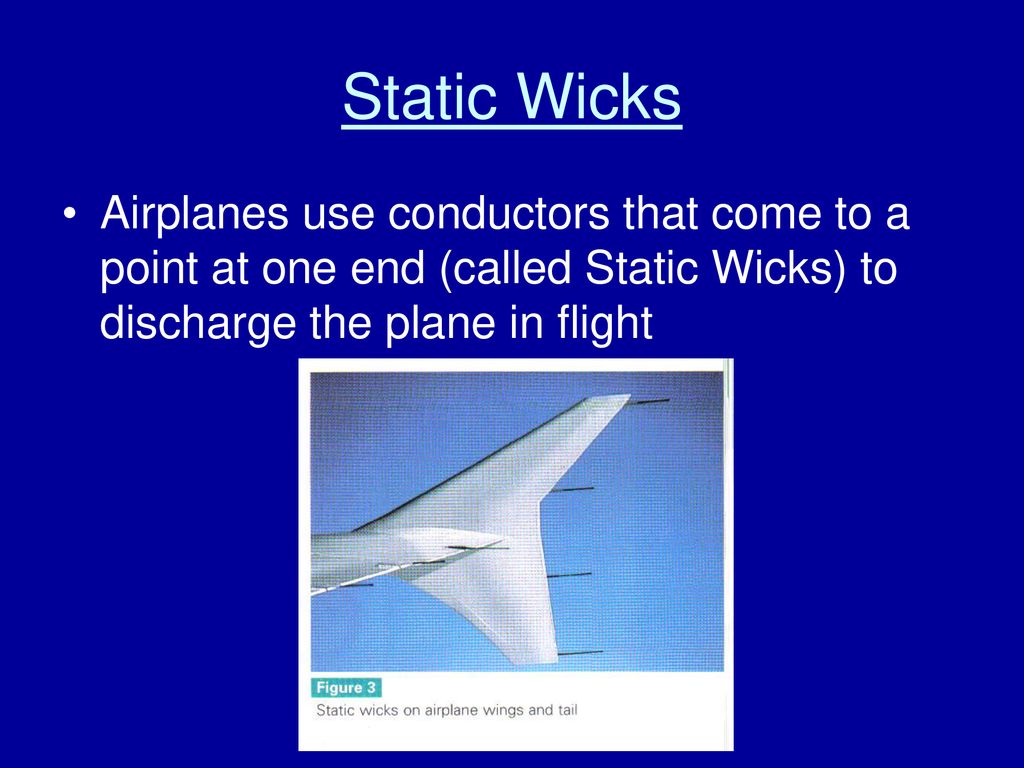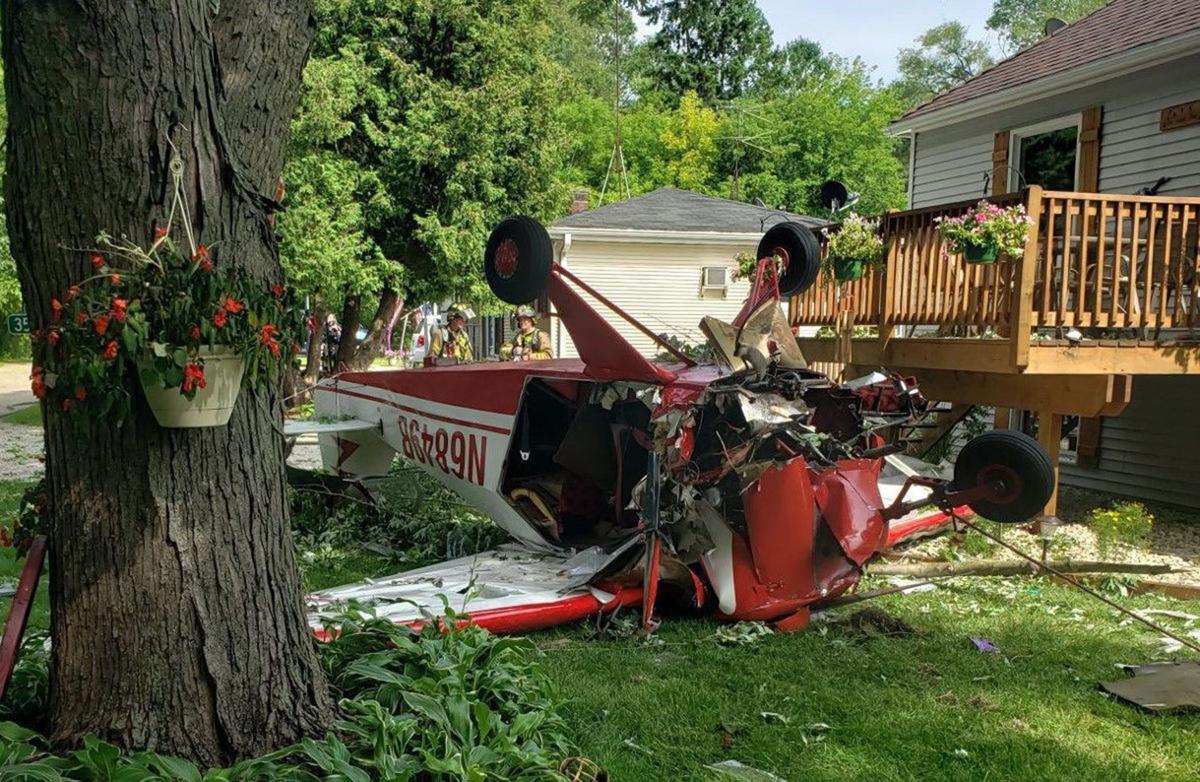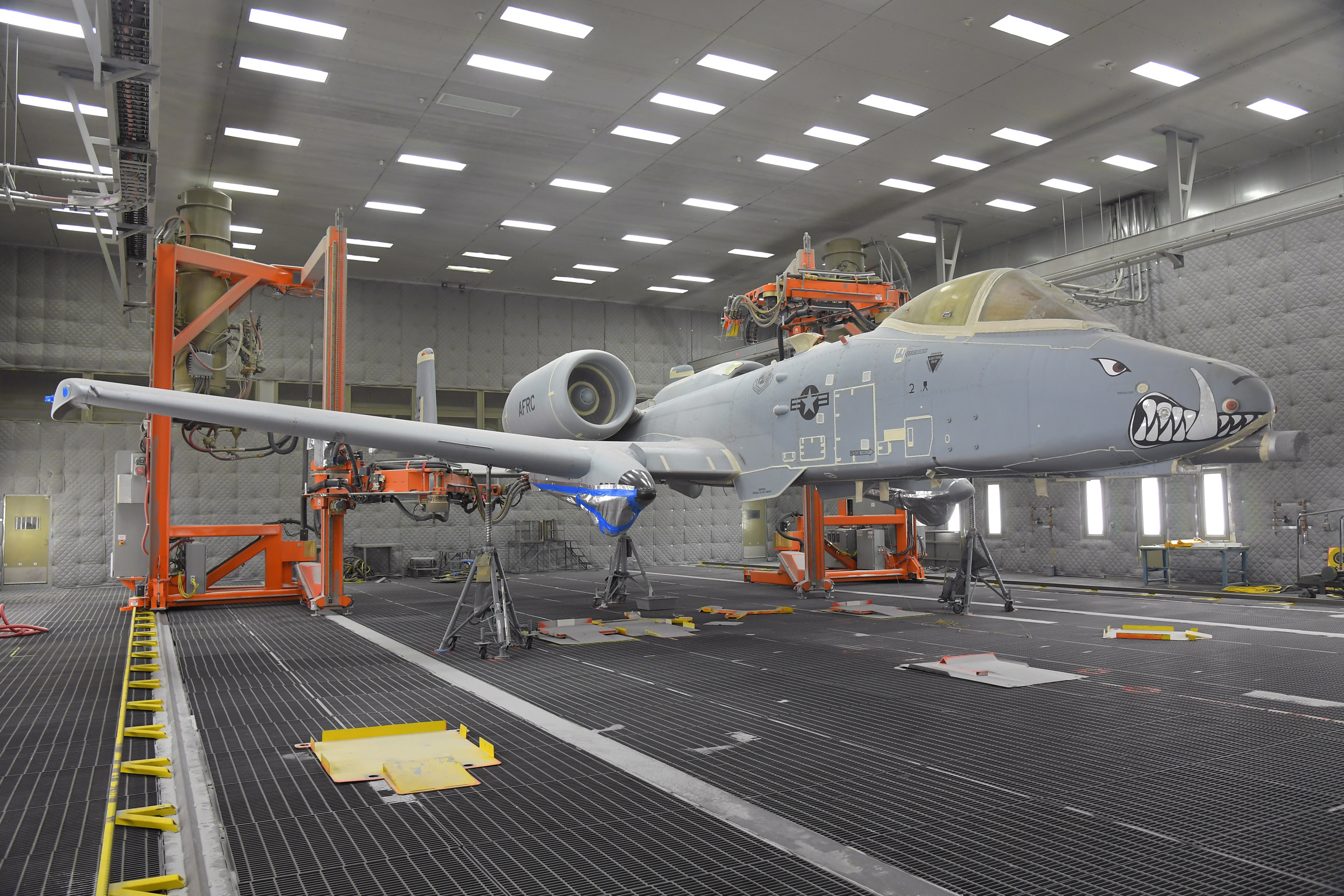Static Wicks On Aircraft - Static discharge wicks in aircraft wings provide a path for the charge to flow back into the atmosphere. Photo: Aviation-images.com/UIG (Courtesy of Getty Images)
If you take flight this summer, you'll see a series of metal teeth protruding from the trailing edge of the wing. They are often misidentified as lightning rods. It actually provides protection against static electricity.
Static Wicks On Aircraft

Anyone who regularly walks on a nylon carpet knows that static electricity can be generated through the triboelectric process. This can give you a severe electric shock when you touch a metal doorknob. A similar thing happens with airplanes flying through rain or dust particles, as they absorb a small amount of charge from each contact.
Plane Sights Static Wick Covers
This effect is called static precipitation. Because the plane isn't grounded, the charge keeps building up because it has nowhere to go. When the charge becomes strong enough, it spontaneously discharges through its antennae and other limbs in a series of giant sparks technically known as 'corona discharges'. Sparks cause radio interference that can affect aircraft navigation and communications equipment.
Hence the metal teeth of the wings. Known as electrostatic discharge fuses, these fuses provide a path for charge to slowly flow back to the atmosphere without sparking or radio interference. This document requires additional citations for verification. Help improve this article by adding citations to credible sources. Unsourced material may be contested and removed. Find Source: "Static Discharger" - News · Newspapers · Books · Scholar · JSTOR (December 2009) (Learn how and what to remove this template message)
An electrostatic discharger, also called an electrostatic fuse or electrostatic discharge fuse, is a device used to remove static electricity from aircraft during flight. They take the form of small rods pointing backwards from the wing and are fitted to almost all commercial aircraft.
Static precipitation is an electrical charge on an aircraft as it flies through rain, snow, ice or dust particles. Charge is also built up by friction between gas and air. When an aircraft has a high charge, it is released into the surrounding air. Without an electrostatic discharger, the charge would be discharged in large quantities through the pointed ends of the aircraft, such as ants, wingtips, vertical and horizontal stabilizers, and other protrusions. Discharge produces broadband RF noise from DC to 1000 MHz that can affect aircraft communications.
Mystery Of The Spikes On Plane Wings Solved: Static Wick Explanation
Electrostatic dischargers are installed on the rear edge of the aircraft to control this discharge to allow continuous operation of the navigation and radio communication systems. This includes (electrically grounded) ailerons, elevators, rudders, wings, and horizontal and vertical stabilizers. Static arresters are high electrical resistance devices (6-200 megohms) with a sharper tip and a lower corona voltage than the surrounding aircraft structure.
Electrostatic dischargers are not lightning rods and do not affect the chance of an aircraft being struck by lightning. It will not work if it is not properly attached to the aircraft. There must be a conductive path from any part of the aircraft to the arrester. Otherwise, it becomes useless. Access panels, doors, covers, navigation lights, Antna mounting hardware, control surfaces, etc. can generate static noise if they cannot be discharged through static fuses.
It is part of an aircraft static discharger. Notice the two sharp metal microdots and the yellow plastic for protection.

The first electrostatic dischargers were developed by a joint Army-Navy team led by Dr. Ross Gunn at the Naval Research Laboratory and were installed on military aircraft during World War II. It was proven effective in extreme weather conditions in 1946 by a US Army Air Corps team led by Captain Ernest Lynn Cleveland.
Damazio Family's Rv 10 Project: Research: Static Wicks
Static wicks on airplanes, static display aircraft for sale, wicks aircraft supply catalog, wicks aircraft catalog, aircraft static discharge, dayton granger static wicks, static wicks, aircraft static wicks, aircraft static discharge wicks, aircraft propeller static balancing, static display aircraft, wicks aircraft










